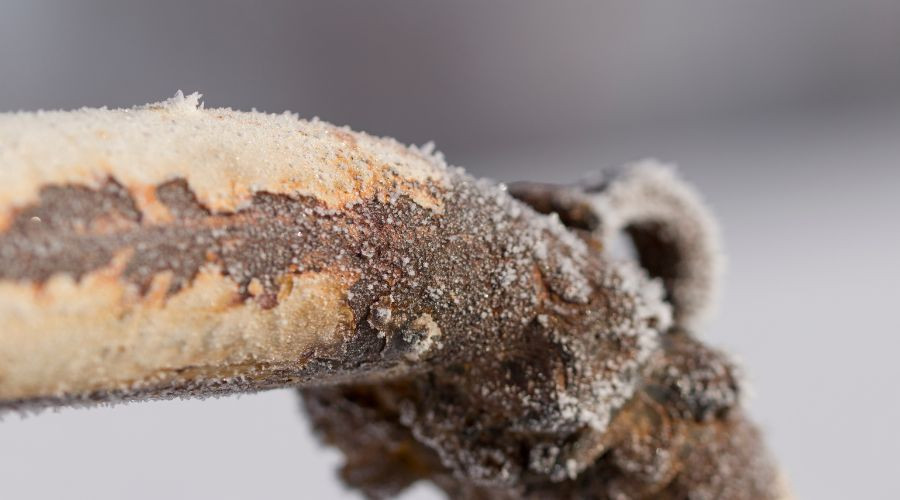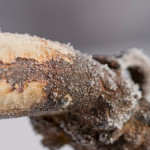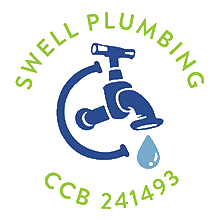Ways to Help Prevent and Deal With Frozen Pipes
Frozen pipes are one of the usual plumbing problems local owners encounter. Since winters are generally mild, people can become complacent about protecting their pipes for the winter. Likewise, plumbing installations may not adhere to strict coding to prevent frozen pipes. As a result, with swings in the weather brought on by climate change, homeowners may need help dealing with frozen pipes in unprotected homes.
Frozen pipes can be a huge liability, causing damage to property and requiring labor-intensive techniques to unfreeze them. Luckily, preventing them is simple. Here is a quick guide to help homeowners navigate the hazards of frozen pipes.
Damage From Frozen Pipes
 When pipes are not properly protected from cold air, the water inside them can freeze. Once the water starts to freeze, the ice plug in the pipe will prevent water from flowing through it. This restricts water to the plumbing fixtures fed by those pipes, causing a loss of water service until the pipe thaws.
When pipes are not properly protected from cold air, the water inside them can freeze. Once the water starts to freeze, the ice plug in the pipe will prevent water from flowing through it. This restricts water to the plumbing fixtures fed by those pipes, causing a loss of water service until the pipe thaws.
Losing water service is enough of a hassle, but the real threat of frozen pipes comes after the water starts to thaw. As water freezes in a pipe, it expands tightly against the walls of the pipe to the point the pipe can rupture. If the pressure is high enough in the pipe, it can allow water to flow immediately. If the ice plug is big enough, the rupture might not show until the pipes thaw.
Floods caused by burst pipes can happen quickly and cause extensive damage. One of the biggest types of insurance claims made every year is caused by flooding from burst pipes. Instead of dealing with the fallout and repairs from a burst pipe, homeowners should take steps to prevent them.
Preventing Frozen Pipes
The best way to stop the damage that frozen pipes can cause is to prevent them altogether. To start, homeowners should take some time to locate vulnerable piping. Often, enlisting the help of a local plumber can make this more thorough. Once vulnerable pipes are located in attics, crawl spaces, or outdoor areas, homeowners should take time to install pipe insulation.
Pipe insulation is cheap and easy to put on piping, and due to local climate conditions, it should be all that most piping needs. To support sound piping in the winter, homeowners should also use their home’s heating system to ensure the walls stay warm enough that the pipes tucked within won’t freeze.
Thawing Frozen Pipes
 In some cases, frozen pipes may be unavoidable. In that case, homeowners need to know how to respond to restore water service and minimize potential damage. If a frozen pipe is suspected, homeowners should first shut off service to the affected leg of the plumbing system. Next, they should locate the path of the frozen pipe.
In some cases, frozen pipes may be unavoidable. In that case, homeowners need to know how to respond to restore water service and minimize potential damage. If a frozen pipe is suspected, homeowners should first shut off service to the affected leg of the plumbing system. Next, they should locate the path of the frozen pipe.
Start with simple interventions like opening cabinets that may form cold pockets around the pipe. Use space heaters or fans to circulate warm air around the pipe. If the pipe is outdoors, heat tape can be applied to warm it gently, or hair dryers can be used to warm it. Never use heat guns or open flames, as these can melt certain types of piping. Once the pipe is unfrozen, keep faucets dripping so warmer water always flows in the pipe.
About Swell Plumbing
Swell Plumbing can help homeowners prevent frozen pipes or fix emergencies like burst pipes. Their teams are trusted for drain and sewer service and gas line repairs. Call today for reasonable prices on plumbing service in Salem, OR.



